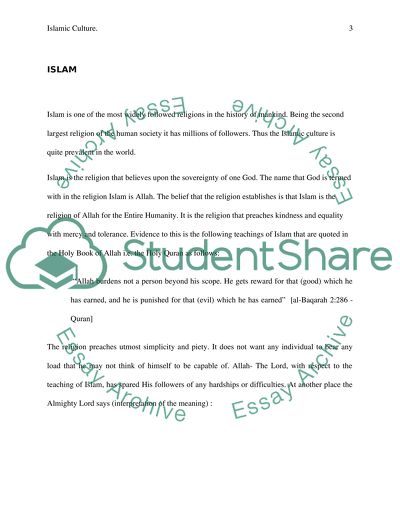Cite this document
(“The Origins of Islamic Culture Essay Example | Topics and Well Written Essays - 3750 words”, n.d.)
Retrieved from https://studentshare.org/religion-and-theology/1395485-islamic-culture-research-paper
Retrieved from https://studentshare.org/religion-and-theology/1395485-islamic-culture-research-paper
(The Origins of Islamic Culture Essay Example | Topics and Well Written Essays - 3750 Words)
https://studentshare.org/religion-and-theology/1395485-islamic-culture-research-paper.
https://studentshare.org/religion-and-theology/1395485-islamic-culture-research-paper.
“The Origins of Islamic Culture Essay Example | Topics and Well Written Essays - 3750 Words”, n.d. https://studentshare.org/religion-and-theology/1395485-islamic-culture-research-paper.


